Chocolate’s been in the news a lot lately with Kraft’s bid for Cadbury and the placing of the story so far up the news’ lists reflects UK consumers’ love of the stuff.
However, the big story on the shelf is the major manufacturers’ move to using Fairtrade cocoa in their products.
Last September all bars of Cadbury Dairy Milk (CDM) became Fairtrade accredited, with the packaging altered to incorporate the Fairtrade logo.
Kate Harding, trade communications manager at Cadbury, comments: "The consumer appetite for Fairtrade products is growing but for Cadbury it’s not about singularly targeting the Fairtrade consumer. Cadbury Dairy Milk is the UK’s biggest chocolate brand with huge penetration within the UK which will bring in new Fairtrade consumers."
Over at Mars, all Galaxy milk chocolate bars will carry a ’Rainforest Alliance Certified’ seal from this month. The company says this is one of the first steps towards its larger global commitment to certify its entire cocoa supply as sustainably sourced by 2020.
Meanwhile, the first Fairtrade four-finger Kit Kats have just gone on sale in the UK and Ireland.
Although it’s been around forever, the Kit Kat brand continues to sell extremely well. Overall brand sales are up 6% according to IRI figures, but Kit Kat Chunky sales are up 27%.
Nestlé has high hopes for the brand in 2010 as it’s backing it to the tune of £25m. There is also the latest in the brand’s Perfect Break promotions starting this month. Last year’s promotion led to a 19% increase in sales (IRI). This year’s activity again gives consumers the chance to win their perfect break. There are 10 up for grabs each worth up to £10,000. Other prizes include vouchers for lastminute.com and free chocolate.
Forecourt retailers are advised to stock up on promotional packs, which will be supported by TV advertising from the beginning of March. The promotion is running across packs of Kit Kat four finger, Chunky and Senses.
Right range
Mars’ trade relations manager, Bep Sandhu reckons forecourt traders could be losing sales if they are not selective about the chocolate products they stock. "Shoppers have higher expectations than ever and there are some products that they always expect to be available. These are often the brands they know and trust; traders should be sure to provide their customers with a core range that will drive sales."
She points to the latest Him research, which shows that forecourts are still very much a male-dominated environment: "This makes it all the more important for traders to have Mars’ core best-selling brands, such as Mars, Snickers and Twix, on display and dual sited where possible this will really drive sales within this key forecourt demographic."
She adds: "Once the core range is in place and driving sales, traders can look to implementing secondary confectionery sitings in-store which will create further points of interruption, really driving those impulse sales.
"By their very nature, forecourts profit from impulse sales and this trend will gain momentum this year as Him’s Convenience Tracking Programme confirms not only an increase in the percentage of impulse-driven sales but also that forecourts converted an increased number of ’fuel-only’ shoppers to buying products from their shops last year."
She reckons that dedicating an area in store to bitesize products is an ideal way to drive impulse sales.
The bitesize sector is worth £475m and continues to show growth of 7% year-on-year (IRI figures). Over the course of the past 10 years, Mars’ share of the category has grown to 53% and the company now produces four out of the top five products: Maltesers, Minstrels, Revels and M&M’s.
Forecourt traders are advised to stock these lines to capitalise on sales opportunities with consumers who use their forecourt as a convenience store. Sandhu adds: "Sharing chocolate is a key consumer trend; in fact, research shows that 70% of chocolate consumption happens when we’re with others (IRI). Forecourts should be quick to respond to this trend after all, they’re a convenience destination for long-distance drivers who are often on the look-out for an in-car snack sharing pouches play perfectly to this purchase need."
At Nestlé, the big success story in pouches is Toffee Crisp Clusters. Launched just a year ago, the product is now the fastest-selling chocolate pouch in the Nestlé range and (according to IRI data) has entered the Top 10 best-selling chocolate sharing bags in the whole category.
Where Mars has pouches, Cadbury has ’chocolate bags’ and these are selling very well. According to Nielsen data, total Cadbury chocolate bags are worth £40.2m. The range includes Cadbury Clusters, Raisins, Peanuts and CDM Giant Buttons. The popularity of these bags led Cadbury to add Caramel Nibbles to the offering and they’re going down a storm.
Mars’ Sandhu says that once the core range is in place and driving sales growth, traders should look to introduce key promotional lines to build on this sales success: "Him research revealed that 27% of forecourt shoppers noticed a promotion, with 13% of them going on to buy those promotional items. This is a great way for retailers to drive incremental sales in store. Consumers respond particularly well to price-marked packs which deliver value for money for their favourite brands."
At the moment, it’s Cadbury that is offering a price-marked promotion with Twirl, Crunchie, Double Decker and Boost, all marked at 45p. According to Him Convenience Tracking Programme data for 2009, over half of shoppers say that a price-marked pack would positively influence their confectionery purchase. And data from Nielsen reveals that giving the bars good visibility on shelf could increase a retailer’s average weekly sales of the brands by 32%.























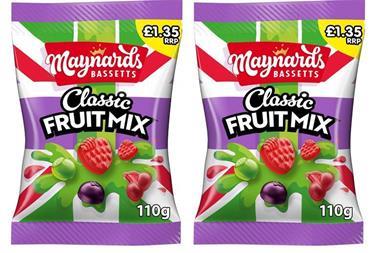
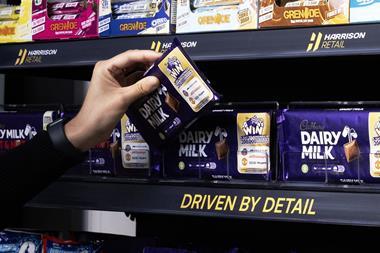

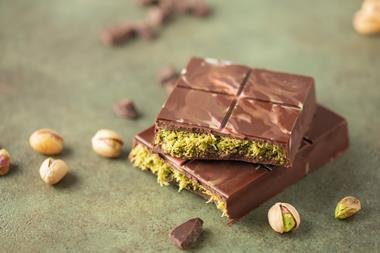
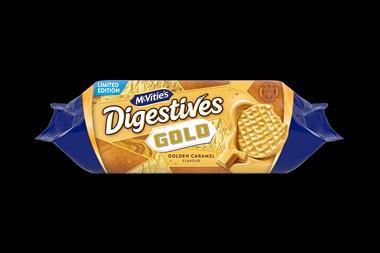

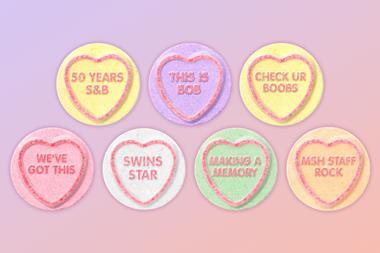
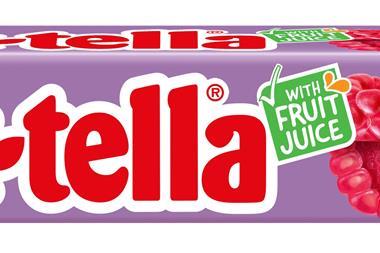
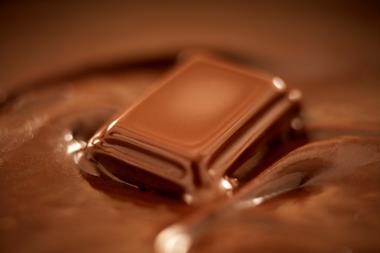
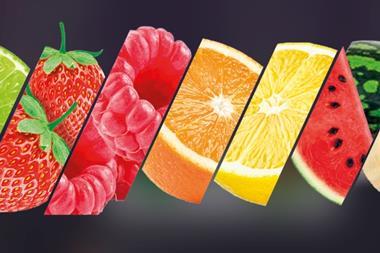
No comments yet